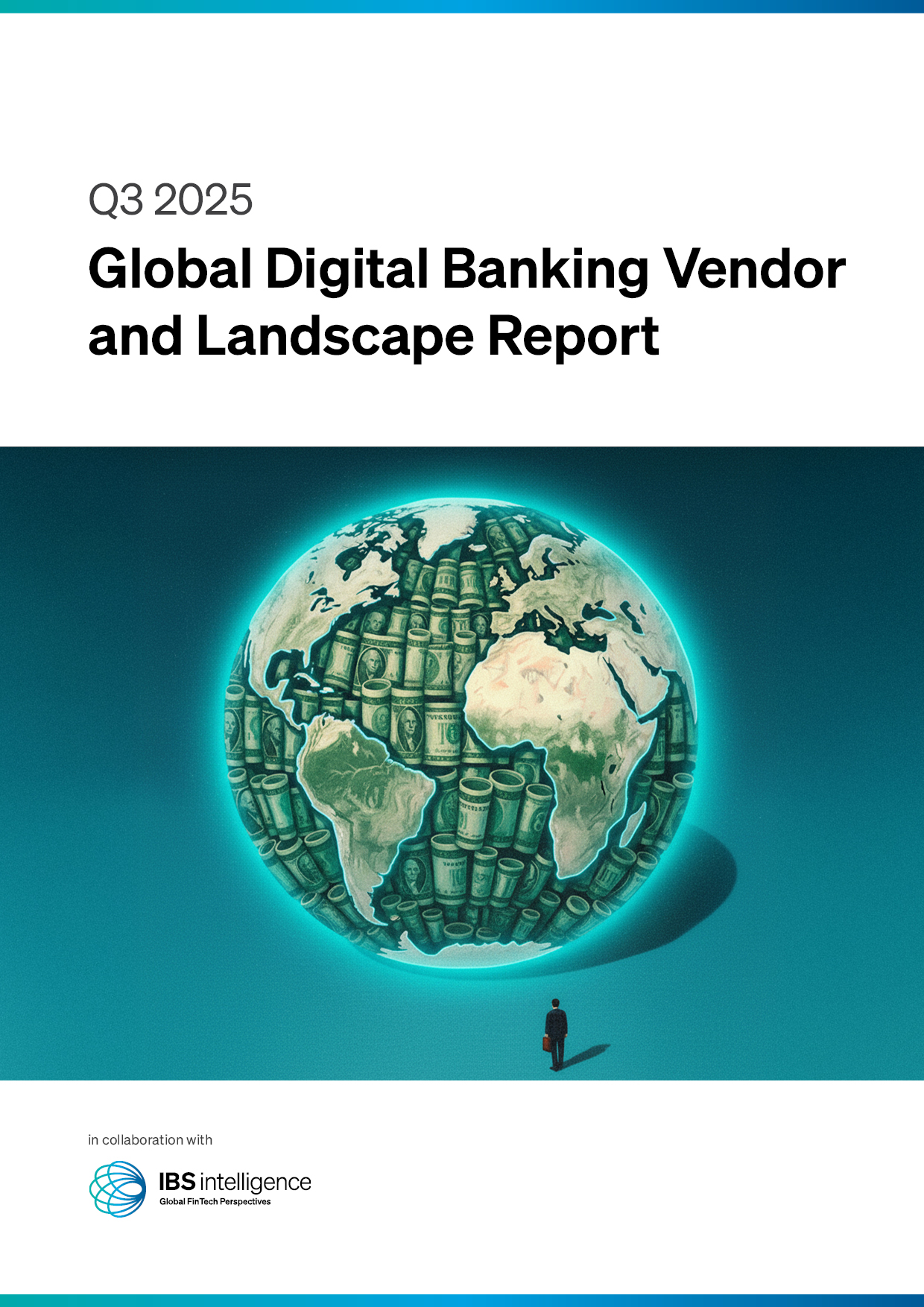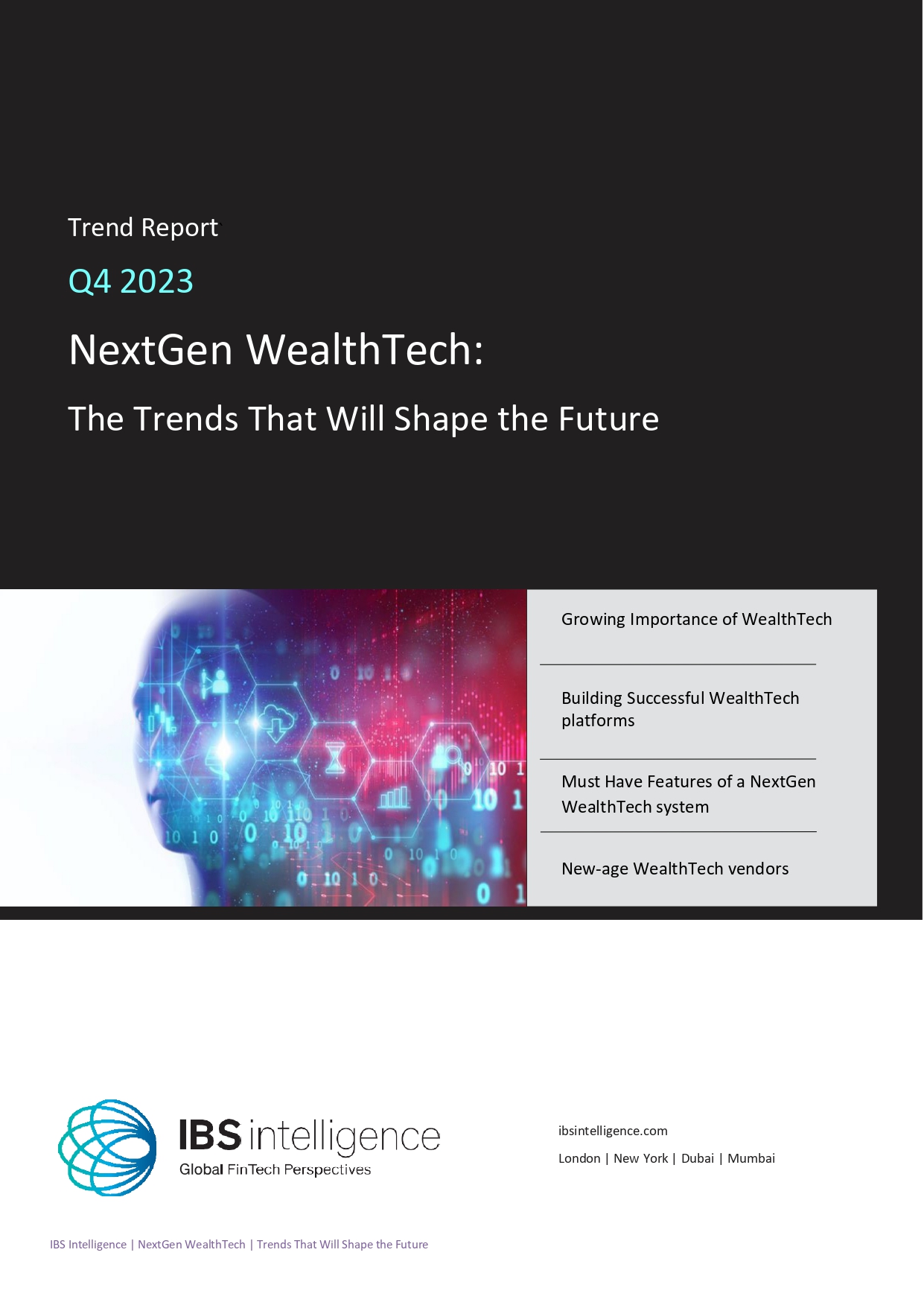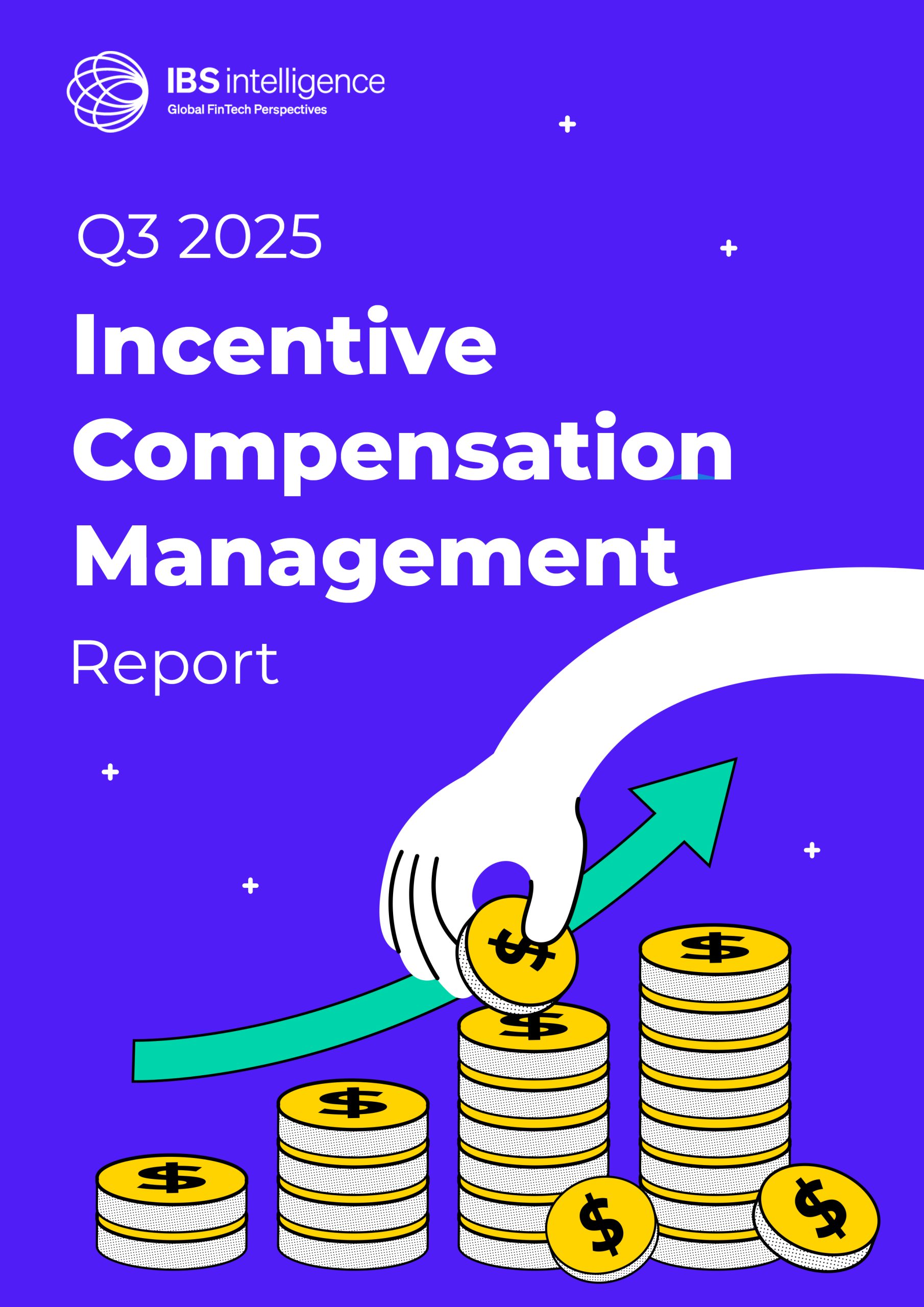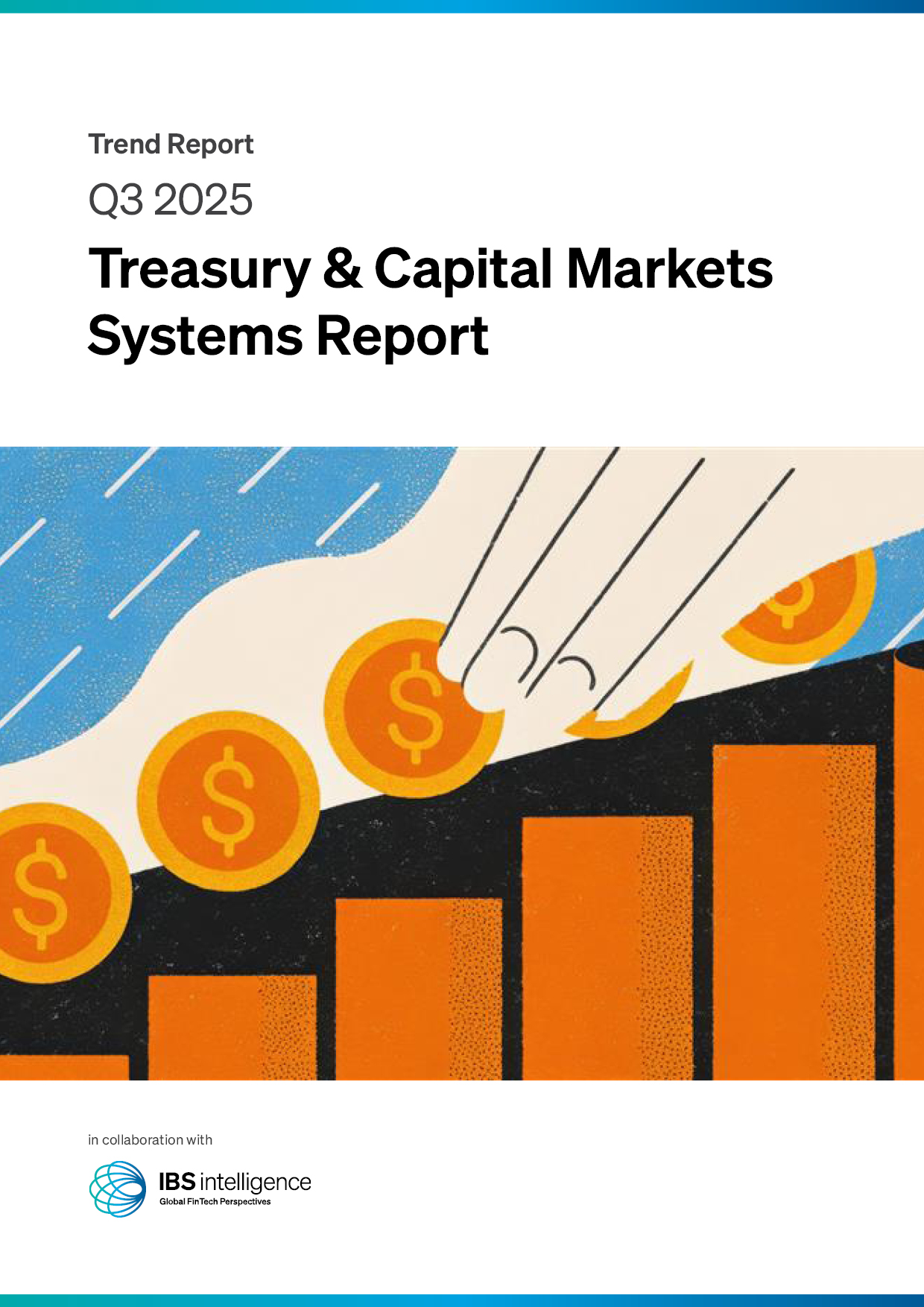 Back
Back
Digital credit as the new emergency fund: how millennials are redefining financial resilience
 By Mr. Artem Andreev, CEO, FincFriends
By Mr. Artem Andreev, CEO, FincFriends
Saving for emergencies has long been considered one of the most fundamental steps toward achieving financial stability. Previous generations followed that rule with discipline. A savings account or fixed deposit was seen as a cushion for life’s unpredictable moments. That approach made sense in an economy where steady incomes, lower living costs, and predictable expenses were the norm.
Times have changed. How young working adults manage their money today is very different. For them, saving still matters, but their approach to financial preparedness has grown. Among their options, digital credit has quietly become part of their safety net. It provides instant access to funds for those moments when life does not go to plan, without jeopardising long-term financial goals.
This is not about replacing savings. It is about how a generation, shaped by technology, rising costs, and new work patterns, is building flexibility into their financial lives.
The Problem With Relying Solely on Savings
Ask any financial advisor, and they will talk about the need for an emergency fund. But in today’s environment, parking large amounts of cash in low-return accounts does not always feel like the smartest move.
Millennials are juggling multiple financial responsibilities, such as rent, EMIs, healthcare, daily expenses, and, importantly, investments for the future. With inflation eating into purchasing power and traditional savings accounts offering modest returns, locking away cash for the sake of security feels limiting for many.
At the same time, investments in mutual funds, retirement plans, or market-linked products, while essential for wealth creation, are not designed for quick access during emergencies. Liquidating them under pressure often comes with penalties, losses, or poor timing in the market.
This is the gap that short-term digital credit has started to fill.
The Shift in How Borrowing is Viewed
There was a time when borrowing, especially for short-term needs, carried a sense of financial mismanagement. That mindset has eroded. Today, responsible borrowing is increasingly seen as part of smart money management.
The key difference lies in accessibility and transparency. Fintech platforms have transformed how credit works. Young earners can apply for loans through their smartphones, get instant approvals, and see repayment schedules. There is no drawn-out paperwork, no hidden conditions, and no intimidating bank visits.
When used with care, digital credit functions as an efficient safety net. It provides the breathing room to manage an unexpected medical bill, a home repair, or a temporary dip in income, without derailing long-term plans.
When Credit Blends Into Everyday Life
One of the most striking developments in recent years is how seamlessly credit has become part of daily life. Instant loans and short-term credit lines are now embedded in payment apps, e-commerce platforms, and even food delivery services.
Buy Now Pay Later (BNPL) offerings, microloans for small expenses, and pre-approved credit limits are readily available, often at the click of a button. For younger consumers, this integration has normalised the use of credit beyond major purchases.
Of course, this convenience brings its risks. But when handled with discipline, it provides flexibility in a way that aligns with modern lifestyles. The key lies in understanding the difference between strategic use and impulse-driven borrowing, something many millennials are acutely aware of.
Unsteady Work Patterns Create a Need for Financial Flexibility
The structure of the workforce has changed dramatically. Full-time, salaried employment is no longer the only option. Freelancing, contract work, start-ups, and gig-based income streams have become common, especially among younger professionals.
This evolution offers freedom and autonomy but comes with one unavoidable challenge:, income instability. Payments may arrive irregularly, gaps between projects can stretch finances, and unforeseen expenses can catch even the most organised off guard.
Traditional savings can cover some of that uncertainty, but they rarely stretch far enough for those operating outside a fixed monthly salary model. Digital credit bridges that gap. It allows gig workers, freelancers, and entrepreneurs to manage temporary shortfalls without dipping into investment portfolios or selling assets under pressure.
Awareness is the Safeguard
Critics often raise concerns about the overuse of credit, especially among younger generations. While that risk exists, the stereotype of millennials being careless with money does not align with reality.
Access to information has changed how this generation makes financial decisions. They compare interest rates. They read the fine print. They track their credit scores. Digital apps provide constant reminders about repayment deadlines and outstanding amounts.
This level of awareness is not foolproof, but it significantly reduces the risk of falling into cycles of unmanageable debt. Borrowing, when done within limits and with full knowledge of the terms, becomes less of a risk and more of a calculated choice.
The Financial Sector Has Evolved With Consumer Behaviour
Banks, NBFCs, and fintech platforms have considered these changing behaviours. Credit products today are crafted with flexibility in mind, smaller loan amounts, quick disbursals, automated repayments, and transparent terms.
It is no longer necessary to apply for a traditional personal loan to handle short-term needs. Instant micro-loans, BNPL services, and credit lines tailored for young earners are now part of the mainstream financial ecosystem.
This reflects that financial preparedness, especially among younger, tech-savvy consumers, requires access to tools that match their lifestyle and work patterns.
Emergency Funds Are Now a Layered Approach
The idea of an emergency fund has not disappeared, it has diversified. Instead of relying entirely on idle cash, many millennials build layered safety nets that combine liquid savings, accessible investments, and short-term credit.
This approach reflects a practical understanding of risk. Quick-access funds, whether in the form of digital credit or short-term liquid savings, handle the immediate shock. Investments remain untouched, continuing to grow for long-term security.
It is a strategy that acknowledges the need for both protection and growth, without forcing a trade-off between the two.
Discipline Remains the Foundation
Access to digital credit is not a license for financial complacency. The ease of obtaining small loans, if mismanaged, can lead to a cycle of debt that undermines financial health.
But that risk is not unique to digital platforms. It has existed across all forms of borrowing. The difference today is the level of information and tools available to help borrowers stay on track.
Many fintech apps provide repayment reminders, automated deductions, and real-time visibility into credit utilisation. These features support the discipline required to ensure that digital credit functions as a support system, not a financial trap.
Financial Preparedness Means Having Practical Options
Being prepared for life’s uncertainties requires more than a static pile of savings. It demands options, such as tools that can be accessed quickly, used responsibly, and integrated into broader financial planning.
Digital credit meets that requirement. It allows young earners to handle emergencies, manage short-term gaps, and protect long-term investments without compromising their overall financial position.
It is not about abandoning traditional financial principles. It is about applying them in a world where work is less predictable, costs are higher, and technology offers more efficient alternatives.
A Generation Reshaping Financial Stability
Millennials are often described as the generation caught between soaring costs, career uncertainty, and relentless digital innovation. But that narrative overlooks their adaptability.
The way they approach financial preparedness, blending savings, investments, and digital credit, reflects realism, not recklessness. It shows an understanding that financial security is built not by clinging to outdated models but by using available tools with discipline and foresight.
Digital credit, used thoughtfully, has earned its place within that strategy. It provides flexibility, preserves investments, and supports those working outside traditional employment structures.
Financial preparedness today is less about following rigid rules and more about building practical, accessible options. For young earners, that means savings, investments, and yes, digital credit, all working together to keep them ready for life’s inevitable surprises.
IBSi News
Get the IBSi FinTech Journal India Edition
- Insightful Financial Technology News Analysis
- Leadership Interviews from the Indian FinTech Ecosystem
- Expert Perspectives from the Executive Team
- Snapshots of Industry Deals, Events & Insights
- An India FinTech Case Study
- Monthly issues of the iconic global IBSi FinTech Journal
- Attend a webinar hosted by the magazine once during your subscription period
₹200 ₹99*/month
* Discounted Offer for a Limited Period on a 12-month Subscription
IBSi FinTech Journal
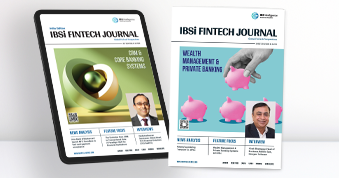
- Most trusted FinTech journal since 1991
- Digital monthly issue
- 60+ pages of research, analysis, interviews, opinions, and rankings
- Global coverage
Other Related Blogs
November 28, 2025
Modernising core systems in financial services without a complete overhaul
Read MoreNovember 24, 2025



